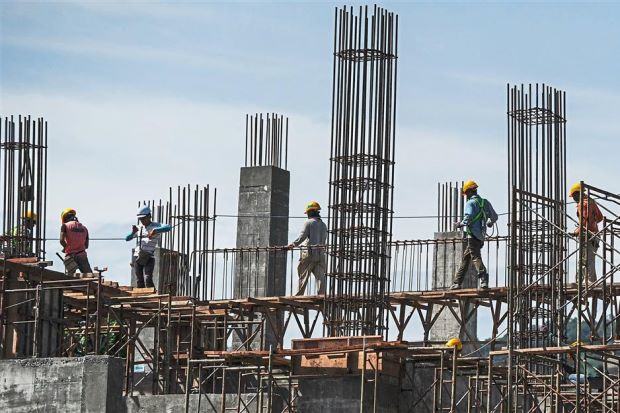Embrace new technology for workers’ safety
RAPID technology advancement in the new digital era has undoubtedly posed a great challenge to the occupational safety and health (OSH) aspect as employers and workers are expected to deal with new working environments. Therefore, there is an urgent need to bring OSH to the masses or “merakyatkan” the safety and health aspect so that people at all levels can make it as a culture.
The National Institute of Occupational Safety and Health (NIOSH) has already introduced various OSH awareness programmes for the community including the “OSH in School” and “OSH for Tahfiz” programmes which focus on students and staff at the education institutions.
Under a collaboration between the Human Resources Ministry and the Education Ministry since 2015, more than 50 schools have already participated in the “OSH in School” programme. As for “OSH for Tahfiz” programme, a guidebook was launched this year to help the institutions’ management implement good OSH practices at their premises since many of them have low awareness and knowledge on the Occupational Safety and Health Act (OSHA) 1994.
All parties must play their role to help the nation create a safe working environment where achieving zero accident is possible. This is important since preliminary statistics from Social Security Organisation (SOCSO) show that the rate of accident in the workplace for every 1,000 employees has slightly increased to 2.93 in 2017 compared to 2.88 in 2016 and 2.81 in 2015. In 2006, the rate was 4.77 accidents per 1,000 workers.
The industrial death rate also rose to 4.9 per 100,000 employees last year compared to 4.84 per 100,000 workers in 2016 and 2015. If this trend continues, the targets set for both industrial accidents and fatalities will not be achieved in 2020. Under the OSH Master Plan 2016-2020, the Human Resources Ministry has set the target to reduce industrial accidents to 2.53 per 1,000 workers and industrial fatality rate to 4.36 per 100,000 workers by 2020.
 At the recently concluded 21st Conference and Exhibition on Occupational Safety and Health (COSH 2018) that was organised by NIOSH, participants learnt how the latest technology is able to help protect employees more effectively. Wireless technology combined with the latest software and gadgets, such as drone and remote sensing gear for example, can enable safety managers to monitor each worker and machine apart from assessing the real-time condition on the ground via their laptop or smartphone.
At the recently concluded 21st Conference and Exhibition on Occupational Safety and Health (COSH 2018) that was organised by NIOSH, participants learnt how the latest technology is able to help protect employees more effectively. Wireless technology combined with the latest software and gadgets, such as drone and remote sensing gear for example, can enable safety managers to monitor each worker and machine apart from assessing the real-time condition on the ground via their laptop or smartphone.
Participants were also exposed to the new technology used in developed countries such as unmanned aerial vehicle (UAV) to check accident sites and laser scanner for investigation that require accurate three-dimensional reconstruction of workplace accident.
When we talk about the challenges ahead, we need to understand the Industrial Revolution that has now entered the fourth stage or better known as IR4.0, where the evolution of computation and automation processes is rapidly progressing. IR4.0 is also an era of Internet-of-Things (IoT) where smart devices are interconnected over the Internet.
We have no choice but to embrace the latest technology that can help improve the OSH level and assist all stakeholders in addressing new challenges in the digital era. At the same time, stringent enforcement and policies must be introduced through the strengthening of existing laws. This includes amending the OSHA 1994 to help the country face the new challenges in the IR4.0 era.











